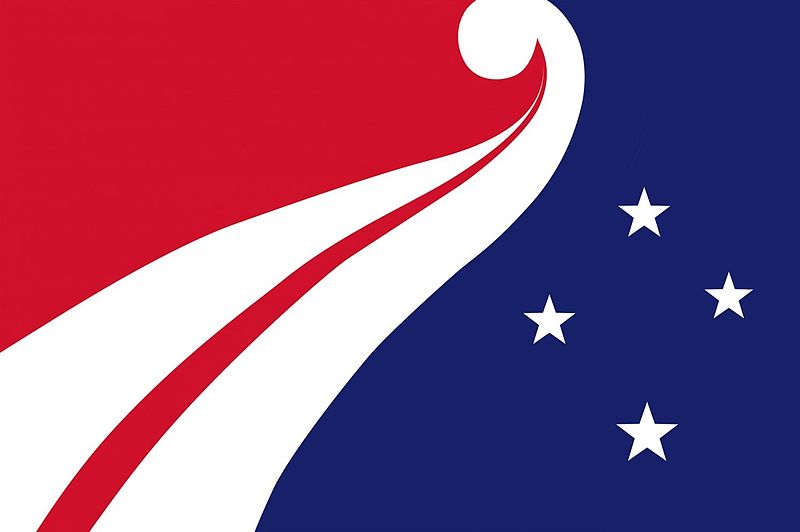Back in mid July I posted a story in which I explained how the Anglican Church in New Zealand and Polynesia is unique among Anglican provinces in our Communion. This Anglican Church is organized around the three cultural streams of the people who make up the Church. The two cultural streams on New Zealand, the indigenous Maori people (Tikanga Maori) and the descendants of European settlers (Tikanga Pakeha) and the cultural stream of the indigenous peoples of the island nations of Fiji, Tonga, Samoa, and the Cook Islands (Tikanga Pacifica). Te Pihopatanga o Aotearoa is the Anglican church serving the indigenous Maori people. It is comprised of 5 dioceses (Hui Amorangi); four on the North Island and one covering the entire South Island. Representatives of the five Maori dioceses which are the Maori Anglican Church gathered in a conference (Te Runanganui) in Wellington New Zealand on Friday, Saturday and Sunday, 7 – 9 AUG. They gathered to worship, listen to invited speakers and to discuss the future and the mission of the Maori church.
The Te Pihopatanga o Aotearoa is embarking on a Decade of Mission, 2015 – 2025. Two key aspects of that mission were discussed in Te Runanganui. The first involves the ongoing development of a strategic plan for education for ministry. The strategic plan includes the development of core educational priorities so the Maori Church can successfully deliver quality theological education and formation for ministry. The second aspect of the Decade of Mission presented was to strengthen Maori families by increasing biblical understanding and participation in worship. Two resources proposed to help the development of stronger Maori families were bi-lingual bibles (Maori/English) and a bi-lingual version of the Daily Services from the New Zealand prayerbook. A third resource would be assisting Maori families to better understand the Anglican Consultative Council’s five part mission statement of proclamation, discipleship, care, justice and caring for God’s creation as part of family development.
An additional aspect emphasized in Te Runanganui was the further involvement of the laity in the administration of the Maori Anglican Church. Lay folk learning and stepping into administrative roles among the Maori dioceses and parishes would allow Maori clergy to concentrate more on ministry and less on the day-to-day nuts and bolts issues of financial and physical operations.
You may read more detailed articles about Te Runanganui 2015 by folks who were there in the Anglican Taonga here and here.
Image – There is currently a national discussion in New Zealand regarding designing and adopting a new flag. This is my favorite of the many proposed designs. Submitted by Denise Fung, she calls it Embrace. It consists of the star constellation the Southern Cross in the southern night sky, which recalls the current national flag; the long white cloud, which is the translation of the Maori name for New Zealand, Aotearoa; and the Koru, the spiral shape of the unfolding silver fern, indigenous to New Zealand and a frequent Maori artistic symbol representing creation.

